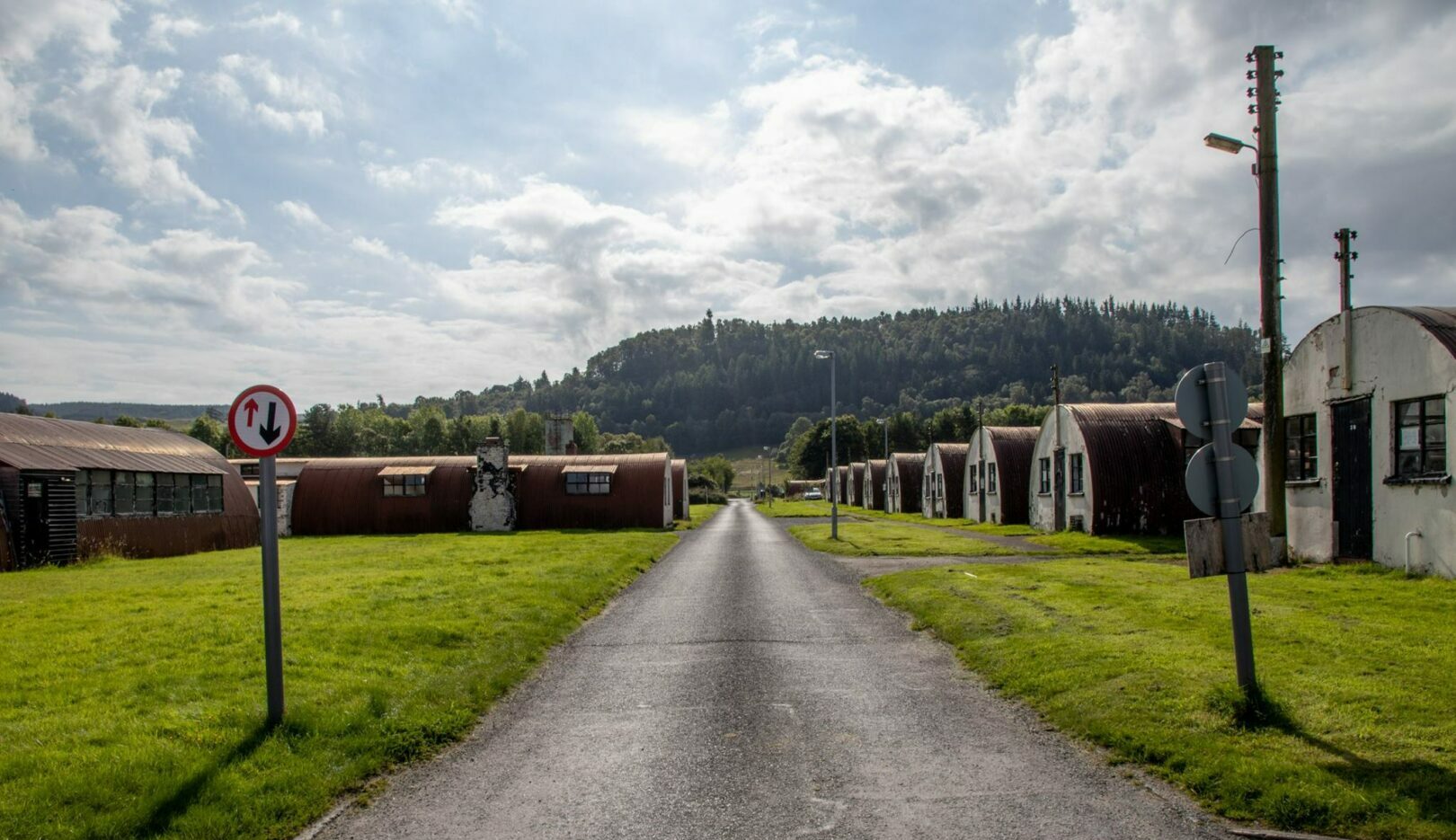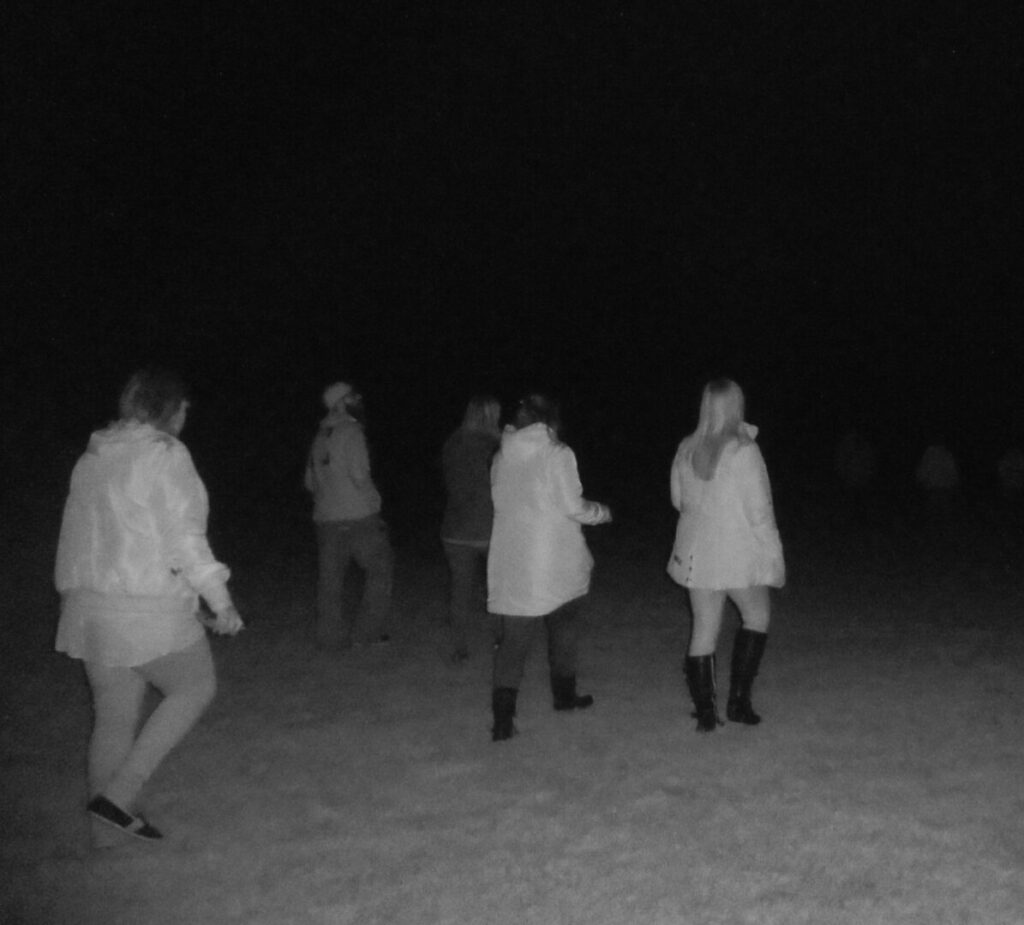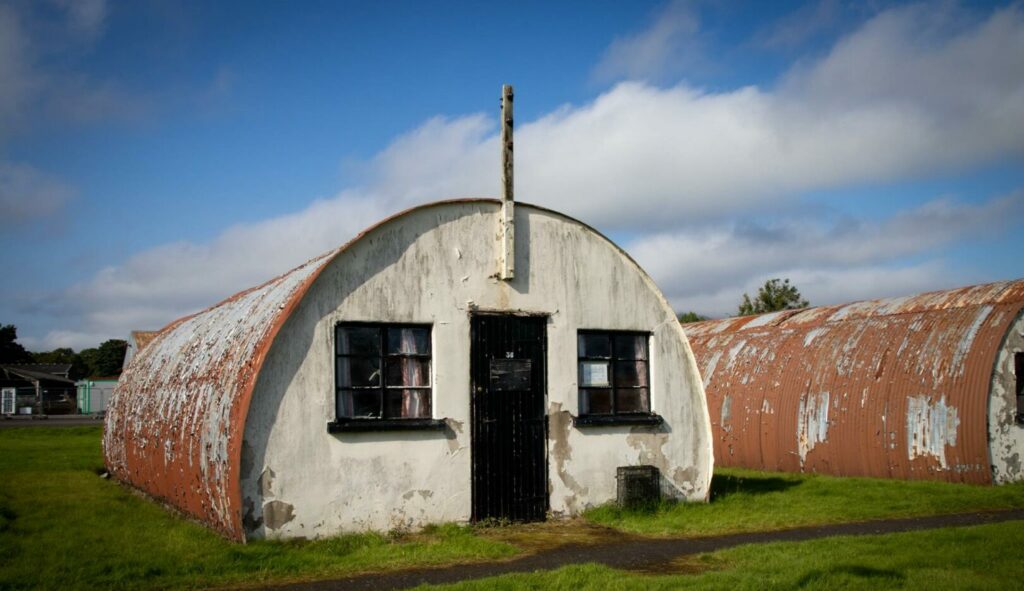
Cultybraggan Camp lies close to the village of Comrie, in west Perthshire, Scotland.
It was first used as a prisoner of war (POW) camp during World War II, and then became an Army training area. It later housed a Royal Observer Corps (ROC) nuclear monitoring post, and a Regional Government Headquarters (RGHQ).
James V of Scotland came to Cultybraggan in September 1532 to hunt deer. Records survive of the food he consumed included bread, ale, and fish sent from Stirling.
Ringleaders of the Devizes plot – to break as many as 250,000 PoWs out of camps across the country in 1944 and attack Britain from within – were sent to Camp 21 at Comrie. These included Feldwebel Wolfgang Rosterg, a known anti-Nazi who was sent by mistake. He was lynched, and five of the prisoners were hanged at Pentonville Prison for his murder, the largest multiple execution in 20th-century Britain.
Amongst the prisoners was Heinrich Steinmeyer, soldier in the Waffen SS since 1942, who was captured in Normandy in August 1944. He died in 2014 and left a bequest of £384,000 to the village which has been put into the Heinrich Steinmeyer Legacy Fund.
Following the war, in 1949, Cultybraggan was opened as a training camp. It was used by the Regular Army, the Territorial Army and was popular with Cadet units for their annual camps. The camp covered some 8 acres (3 hectares) and could accommodate 600 personnel in a mixture of huts and tents. Units rotating through the camp enabled 80,000 ‘man training days’ of military exercising, including adventure training, cross-country driving, and helicopter operations, using the 12,000-acre (4,900-hectare) Tighnablair Training Area, leased from the Drummond Estate.
Some of the original 100 Nissen huts on the western side of the camp were demolished in the 1970s to make way for a firing range, but the majority remain. The surviving huts, together with an assault course and modern Officers’ Mess facility, make Cultybraggan “one of the three best preserved purpose-built WWII prisoner of war camps in Britain”. In 2006, a number of structures at the camp were listed by Historic Scotland. Huts 19, 20, and 44–46 are category A listed as being of national significance, while huts 1–3, 21, 29–39, and 47–57 are category B listed.
As part of the Cold War defence of the nation, an underground Royal Observer Corps (ROC) monitoring post was installed in 1960. Although it closed in September 1991, when the ROC was stood down, it is still accessible.
In 1990, an underground Regional Government Headquarters (RGHQ) bunker was completed in the north east corner of the camp site to replace the Scottish North Zone Headquarters bunker at Troywood (Anstruther). In the event of war, the Secretary of State for Scotland, the BBC, British Telecom, and other important organisations would have operated from here. However, the Cold War threat receded almost as soon as the bunker was completed, and the £3.6 million, two-storey, underground structure was declared obsolete, and closed. Sold to the Army, the bunker was added to the military training facilities.




Ghost Hunters PI are a Ghost Hunting Team based in Central Scotland, offering opportunities for you to join at us at our investigations.
© 2024 Ghost Hunters PI | All rights reserved | Websites and Marketing in Scotland by Simplicity Marketing